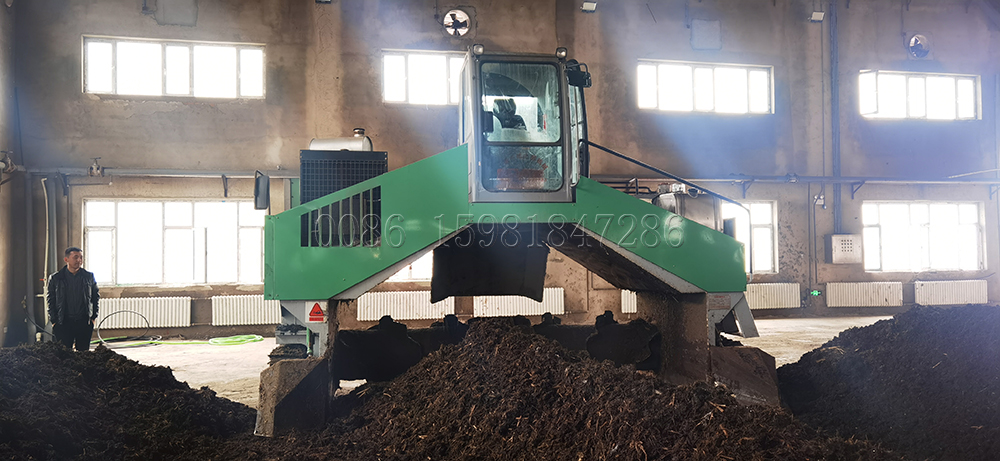What preparations are needed for large-scale composting?
Site Selection: Choose a suitable location for the composting facility. Consider factors such as proximity to organic waste sources, accessibility for transportation, availability of water and electricity, and compliance with local regulations and zoning requirements.
Permits and Regulations: Understand and comply with all applicable permits, regulations, and environmental guidelines related to composting. This may include obtaining permits for waste management, air quality, water usage, and odor control, depending on the local jurisdiction.
Facility Design: Design the composting facility layout, taking into account the flow of materials, equipment placement, and operational efficiency. Consider factors such as space requirements, drainage, wind direction, and potential odor control measures.
Feedstock Management: Develop a system for managing the organic waste feedstock. Identify potential sources of feedstock, such as agricultural residues, yard waste, or food waste from commercial establishments or municipalities. Establish protocols for waste collection, sorting, and transportation to the composting site.
Composting Recipe: Determine the composting recipe or mix of organic materials required for optimal composting. This includes balancing carbon-rich (brown) and nitrogen-rich (green) materials, maintaining a proper moisture content, and ensuring aeration. Conduct regular testing of feedstock to monitor nutrient content and adjust the recipe as needed.
Composting Equipment: Select appropriate composting equipment based on the scale of operations. This may include windrow turners, shredders, loaders, or screening equipment. Ensure the availability and proper maintenance of the equipment.

Monitoring and Control Systems: Establish monitoring and control systems to track and manage critical composting parameters. This may include temperature monitoring, moisture management, oxygen levels, and pH testing. Implement a system for recording data and making necessary adjustments to optimize the composting process.
Odor Management: Develop strategies for odor management to minimize potential nuisances to nearby communities. This may involve covering compost piles, using biofilters, or implementing proper aeration and turning practices to reduce odors.
Workforce and Training: Assemble a skilled workforce and provide appropriate training on composting techniques, safety protocols, equipment operation, and quality control. Establish clear roles and responsibilities for the team members involved in composting operations.
Quality Assurance and Product Testing: Implement quality control measures to ensure the production of high-quality compost. Regularly sample and test the compost for nutrient content, maturity, and any potential contaminants.
Compost Marketing and Distribution: Develop a plan for marketing and distributing the finished compost. Identify potential customers, such as farmers, landscapers, or nurseries, and establish partnerships or contracts for the sale or distribution of compost.
Our compost fertilizer making machine is complete in specifications and quality, and all indicators meet or exceed national standards. Different models and configurations is different price. Welcome to contact us for details.
